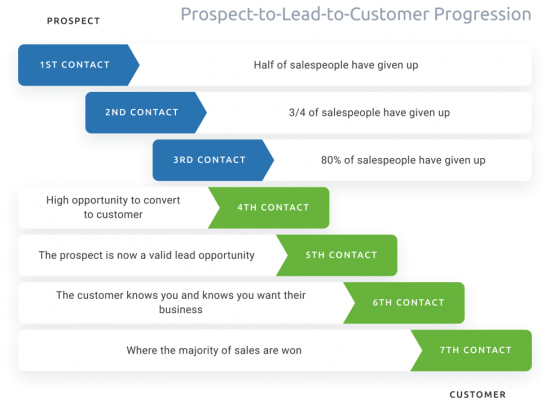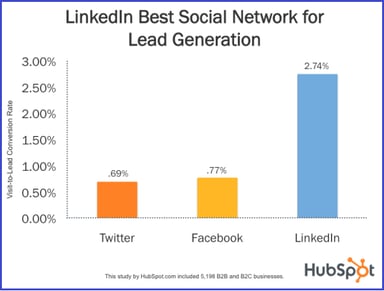How To Implement A B2C Lead Follow-Up System
Where do you begin when thinking about a sales lead follow-up process, and why is it important?
The most straightforward explanation is that your prospects are a company asset. Achieving even a small lift in contact rate, conversion rate, or speed to contact can make a dramatic impact on your bottom line. To do this, implementing the proper process or sales cadence is essential, and, unfortunately, most companies don’t spend nearly enough time thinking about this.
To begin to think about your lead follow-up process, you need to understand how important it is and why not having a cohesive strategy in place is like going into business without a plan.
Step 1 – Know Your Customer
It may sound simple, but have you given life to your buyer “personas”? Your salespeople should know everything about your customer: their concerns, habits, and why they make buying decisions. You need to know this also so you can create a plan that caters to the nuances of each buyer persona. Some personas will prefer communicating via SMS (text) – not phone – some will choose to do more research before buying, and some will make a purchasing decision based on emotion, not research or critical evaluation.
Step 2 – Evaluate Your Software
If your software creates a process bottleneck, it can kill sales efficiency and, ultimately, lose you money. Does your current software allow you to configure a sales lead follow-up process? Is it limited in any way? Are you able to automate the sales cadence step, saving your salespeople valuable time? These are just a few criteria you need to use when evaluating your software tools.
Step 3 – Map a Buyer Journey
The most common stages of a buyer journey are:
- Awareness
- Interest
- Decision
- Onboarding
At each stage along the customer’s journey, ask yourself what has motivated potential customers to engage with your sales team. The answers may surprise you and will inform your understanding of what ultimately converts a prospect into a paying customer.
Step 4 – Know Your Metrics
Do you know today what your contact rate is? What about the number of calls you need to make to a potential buyer before you close the sale? Most of our clients have about a 30% contact rate on web leads before engagement. If yours is currently less, that’s ok; you have room to improve. You need to understand how many contact attempts it takes to yield a result, and you need this data to fine-tune your process.

Step 5 – Iterate
With any process, you need to have a bit of built-in flexibility that allows you to adjust the plan as you move forward. What happens if you launch a follow-up process and get mixed results? Specific salespeople might be better suited to different types of leads or respond better to inbound vs. outbound calls. If you are flexible, you can make adjustments. Change the process or move your salespeople around into other sales processes that are better suited to their skills and talents.
“If you can’t describe what you are doing as a process, you don’t know what you’re doing.”
Edwards Deming




